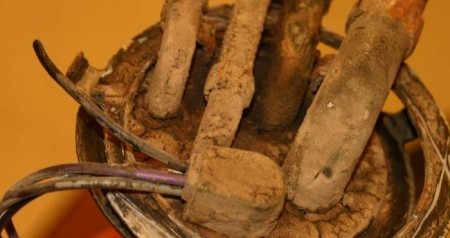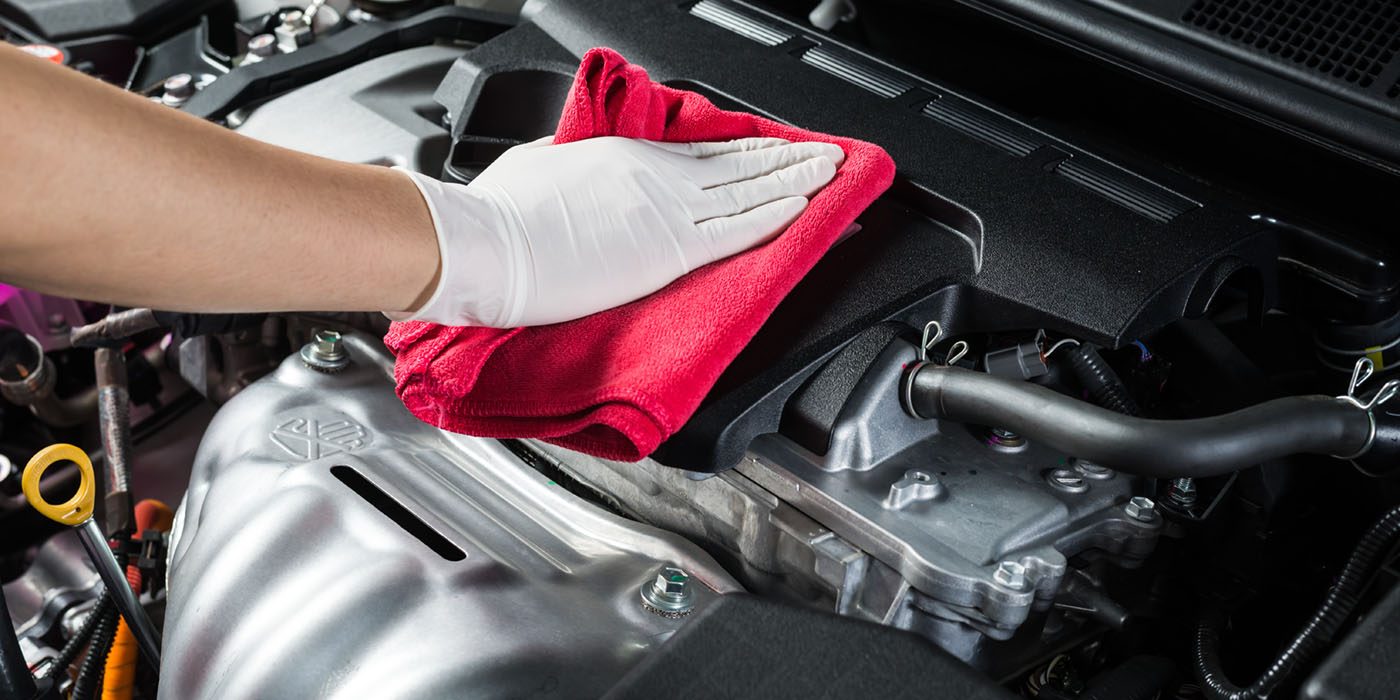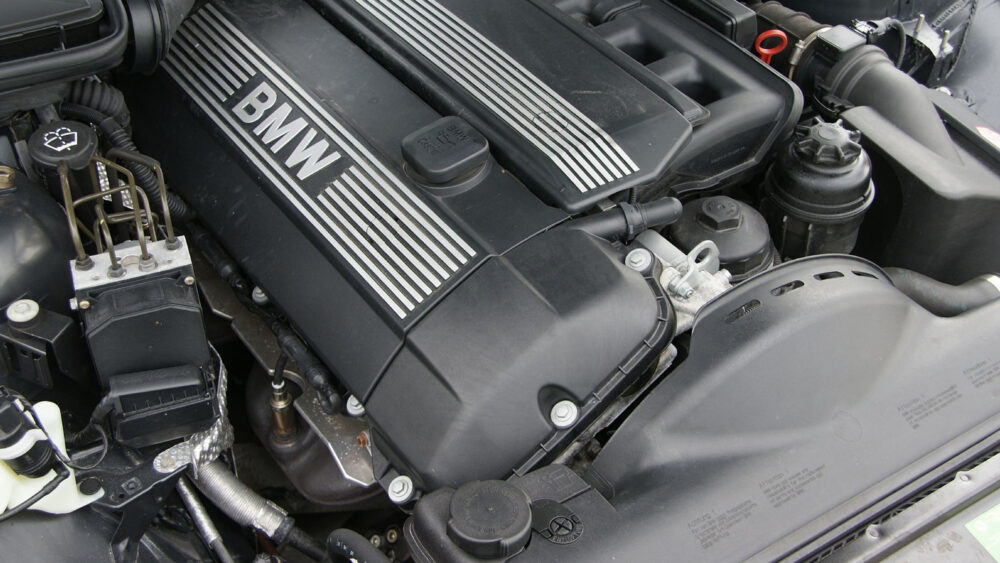5. OBDII Vehicles: Check The Fuel Pump with Your Scan Tool
Activating the fuel pump relay with a professional computer scan tool is usually the quickest way to test many fuel pump applications. Most post-1996 OBDII vehicles have adopted a similar method that uses bi-directional controls found on most professional scan tools to test fuel pump operation.
4. New Pumps Have No Set Pressure
Most returnless fuel pump systems vary pressure by changing a pulse-width modulated signal to the fuel pump. If you splice in an analog pressure gauge, you will see pressures rapidly changing as demands on the engine change. This is normal for most late-model vehicles.
3. No-Communication Problems Unsolved
If the vehicle has any “loss of communication” codes, like U1000, resolve those problems first before diagnosing or replacing a fuel pump. While these codes may seem like they have nothing to do with the fuel pump, often a dead module or short in the serial bus can result in a no-start condition.
2. Not Talking to the Customer
The customer can be a wealth of information when it comes to fuel pump diagnostics. Not mining them for information can lead to a comeback. You may have a repeat customer that is experiencing lean codes and fuel system component damage, indicating a failed fuel pump or leaking injectors. Ask them if they fill up at a pump with a yellow cover.
1. No Gas
A driver with a fuel pump problem always seems to either fill the tank to the brim or leave it bone dry. Always confirm that the vehicle has fuel before replacing the fuel pump.














